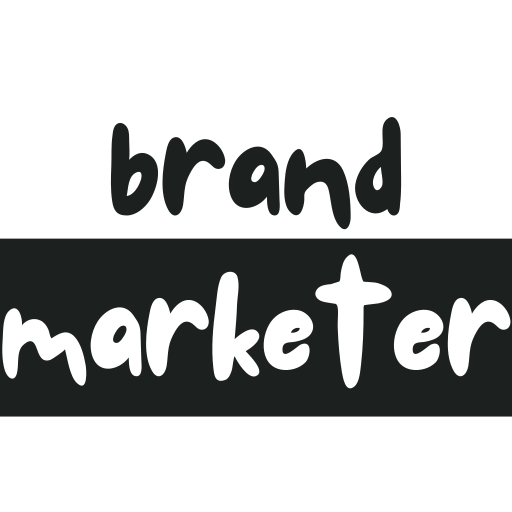5 Valuable Lessons in Product Branding Every Beginner Should Know
In the ever-evolving landscape of product branding, expert knowledge can significantly shape your approach and success. With insights from esteemed professionals like a Co-Founder and a Founder, this article collates groundbreaking lessons learned along the way. Discover how prioritizing authenticity and consistency can set you apart from the competition. Unpack a total of five game-changing takeaways from industry leaders who have mastered the art of effective branding.
- Prioritize Authenticity and Consistency
- Leverage Authentic Storytelling
- Unify Decision-Makers for Positioning
- Engage Multiple Senses in Branding
- Balance Brand Name and Description
Prioritize Authenticity and Consistency
Authenticity and consistency are everything when creating a brand. Early on, I made the mistake of trying to churn out new products to expand our offerings and appeal to a broader audience. However, this "quantity-over-quality" approach resulted in a fragmented brand identity and a lack of cohesion across our product line. Focusing on developing a clear brand narrative and taking a thoughtful approach to product development has led to significant returns in my current company.

Leverage Authentic Storytelling
One valuable lesson in product branding is the power of authentic storytelling. It's easy to get caught up in creating logos, colors, and slogans that look appealing but overlook the product’s true purpose. Storytelling, however, allows you to demonstrate how your product solves real problems and how it can make your customers' lives easier.
A key concept in this approach is the Hero’s Journey. In this narrative, the customer is the hero, and your product is there to support them. It’s crucial to avoid positioning your brand as the hero by boasting about awards or partnerships. Instead, focus on how your product helps customers overcome challenges.
Customers seek solutions to their problems, and by using the Hero’s Journey format, you can show them that your product is exactly what they need to succeed.
Before starting any product marketing campaign, I plan out the Hero’s Journey of our target audience. Where are they now? And where do they want to be? Once you have this information, you can easily create a marketing message that cuts through the noise and resonates with your target audience.

Unify Decision-Makers for Positioning
I’ve learned that having all key decision-makers in one meeting is critical to a productive product-positioning exercise.
Positioning is the foundation of branding, messaging, and marketing work. Yet, the Product and Sales teams often have different points of view on what resonates most with buyers. As the marketer, I usually have additional insights I’m bringing to the conversation about the market and competition.
If you, as the marketer, are having a slew of one-on-one conversations, you miss the opportunity for the stakeholders to talk through their varying points of view and find agreement, which is a lot more productive.

Engage Multiple Senses in Branding
I would say the most valuable lesson I learned about product branding, which I wish I knew right out of the gate when I first got into product marketing, is that the budget you have or the cost of the product doesn't matter as much as you think it does. You have SO many products out there to choose from, which can seem overwhelming at times. I have learned that it’s the product that evokes a number of your senses (smell, touch, sound, etc.) that becomes the one that's most remembered and associated with your brand. Because of this, I will never look past a product simply because of a price tag! This also gives you an opportunity to get creative in the messaging, the unboxing experience, the unique design of the logo, and even the content you can build around the limitless amount of options you have when it comes to the product itself!
Balance Brand Name and Description
I'm typically the kind of PM who doesn't care too much about what a particular product or feature winds up being called. I care about functionality, capabilities, and value added by the product. My default is to think that the name is somewhat arbitrary; it could be called a number of different things, and the label doesn't matter as much as the actual capabilities being delivered.
I've seen, time and time again, the problems that can result from this line of thinking. People get excited about brand names. It gives external stakeholders who aren't as close to the tech side a foothold in understanding what's coming and why they should get excited about it. There's a strong psychological component in play upon hearing a brand name that can help drive alignment and adoption both internally and in the market.
The danger comes when a brand name is introduced but is not followed up by a concrete technical description of what the product is and is not. I've often seen a brand name catch on like wildfire in an organization, but the expectations for what that brand refers to can become scattered. There's a risk that a popular brand name can start to mean different things to different people or teams, creating misalignment among what the product is building and which problems it's trying to solve.
There are a few ways to combat this: Too general of a brand name can lead to the problem I've described above. Something like "Insights Hub" or "Optimization Engine" can be interpreted in countless ways. More technical naming or descriptions of products, like "ML Core Infrastructure Framework," won't make sense to a non-technical audience.
The balance one has to strike, both with the name itself and with the communication surrounding it, needs to thread the needle between these two risks. It has to be precise enough so that when a client or stakeholder hears it, they can easily map it back to the problem it's trying to solve. It also needs to be somewhat high level, leaving room for how the product will grow over time to solve larger and more complex problems than the v1 build.

